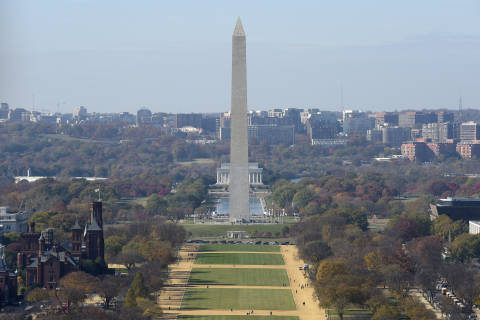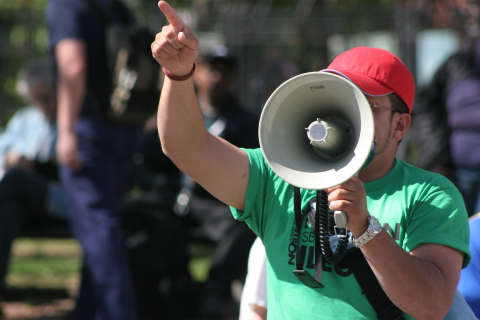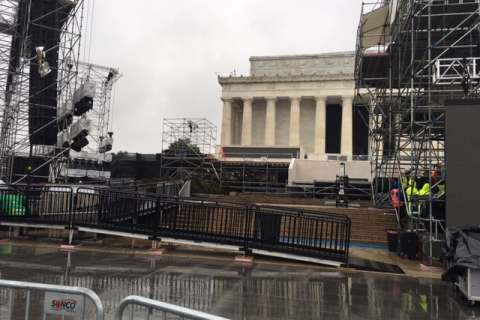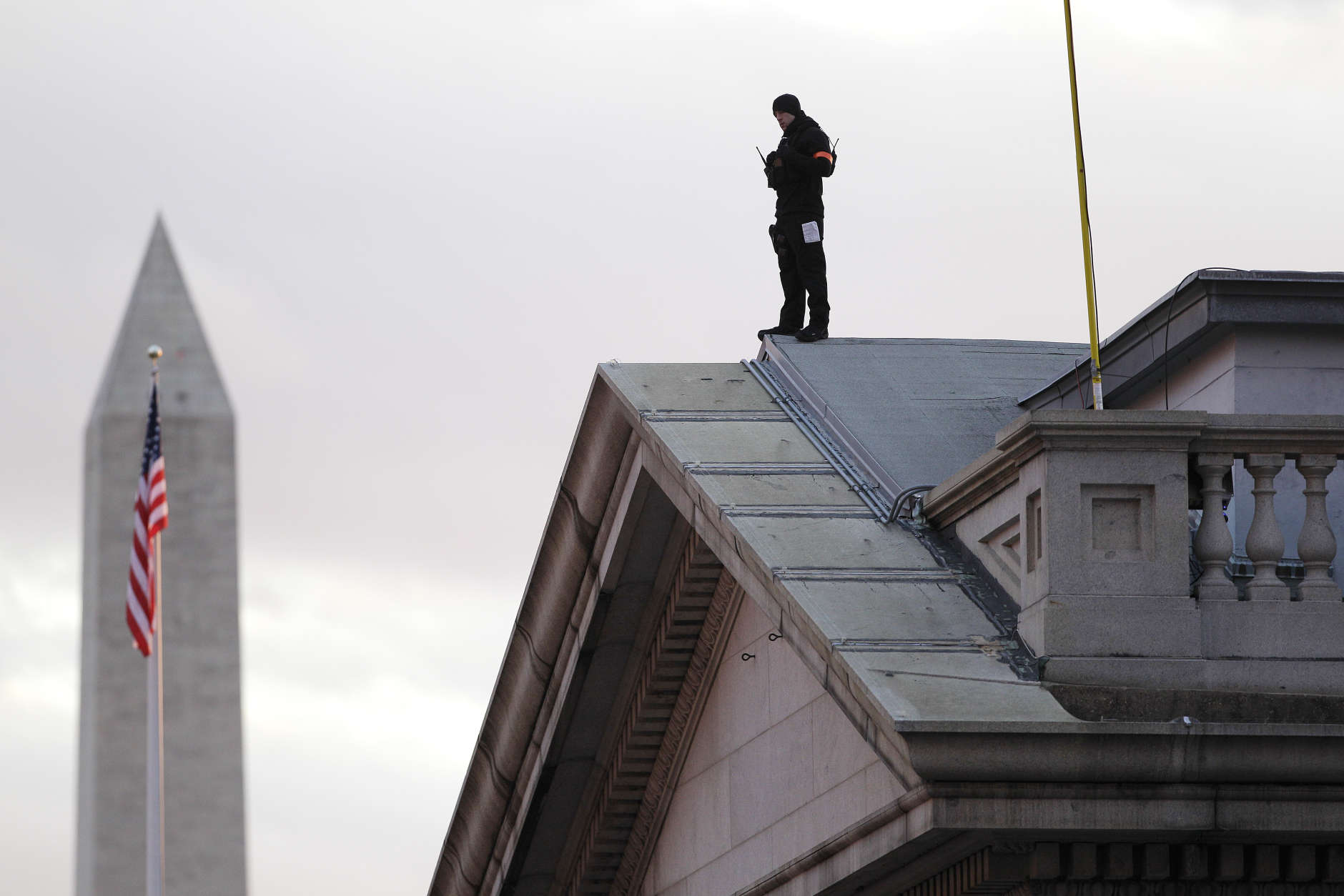
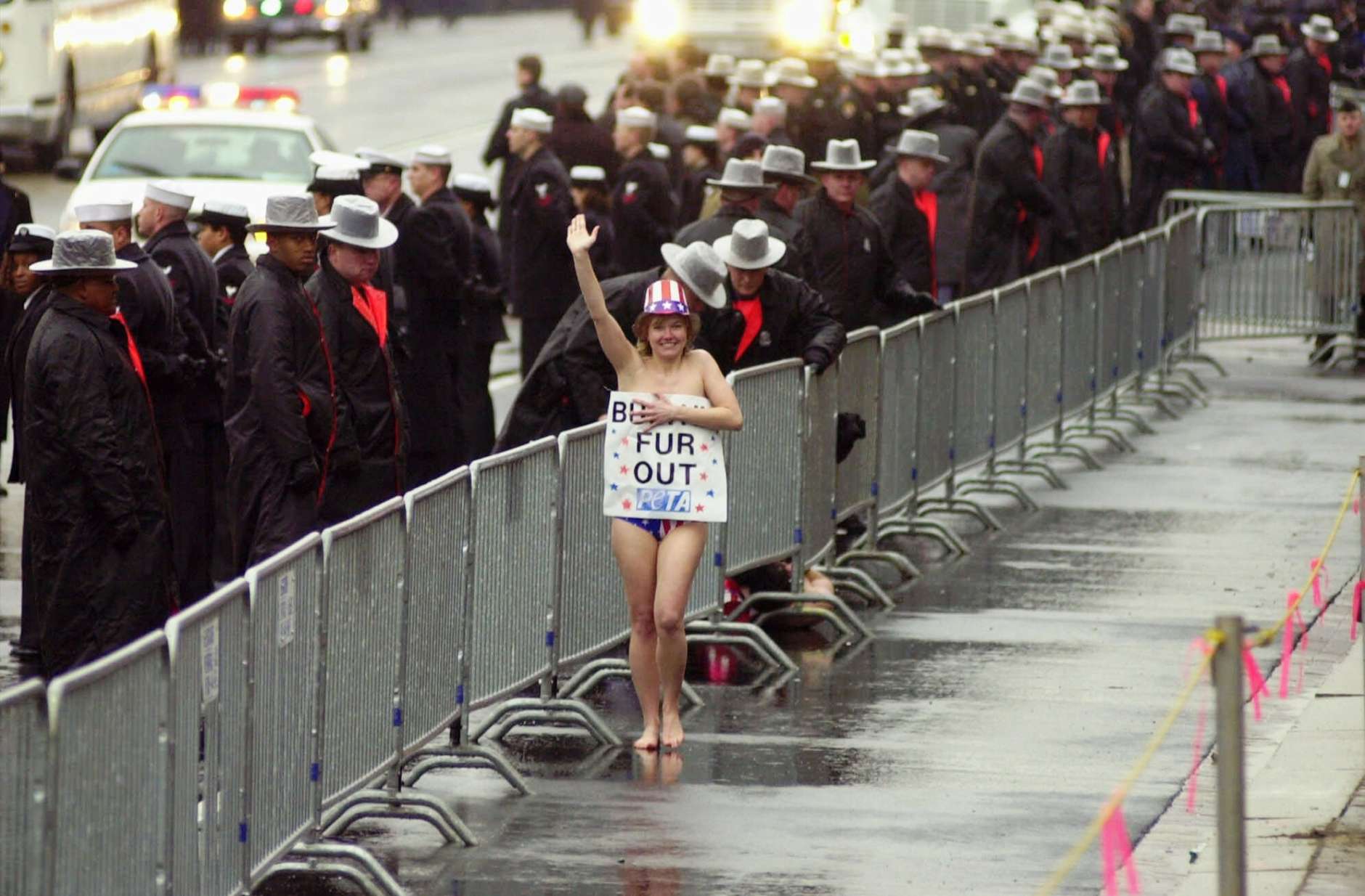
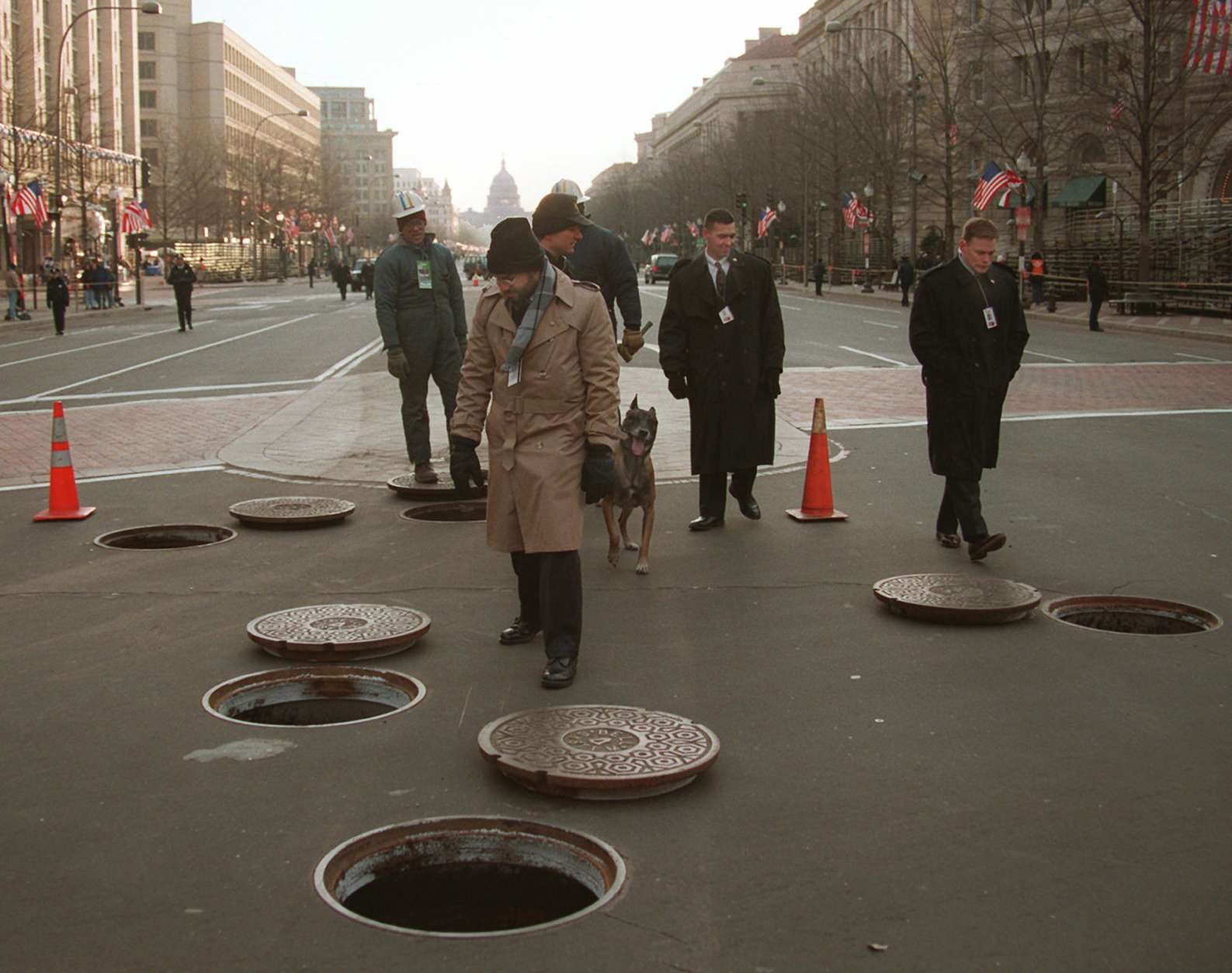
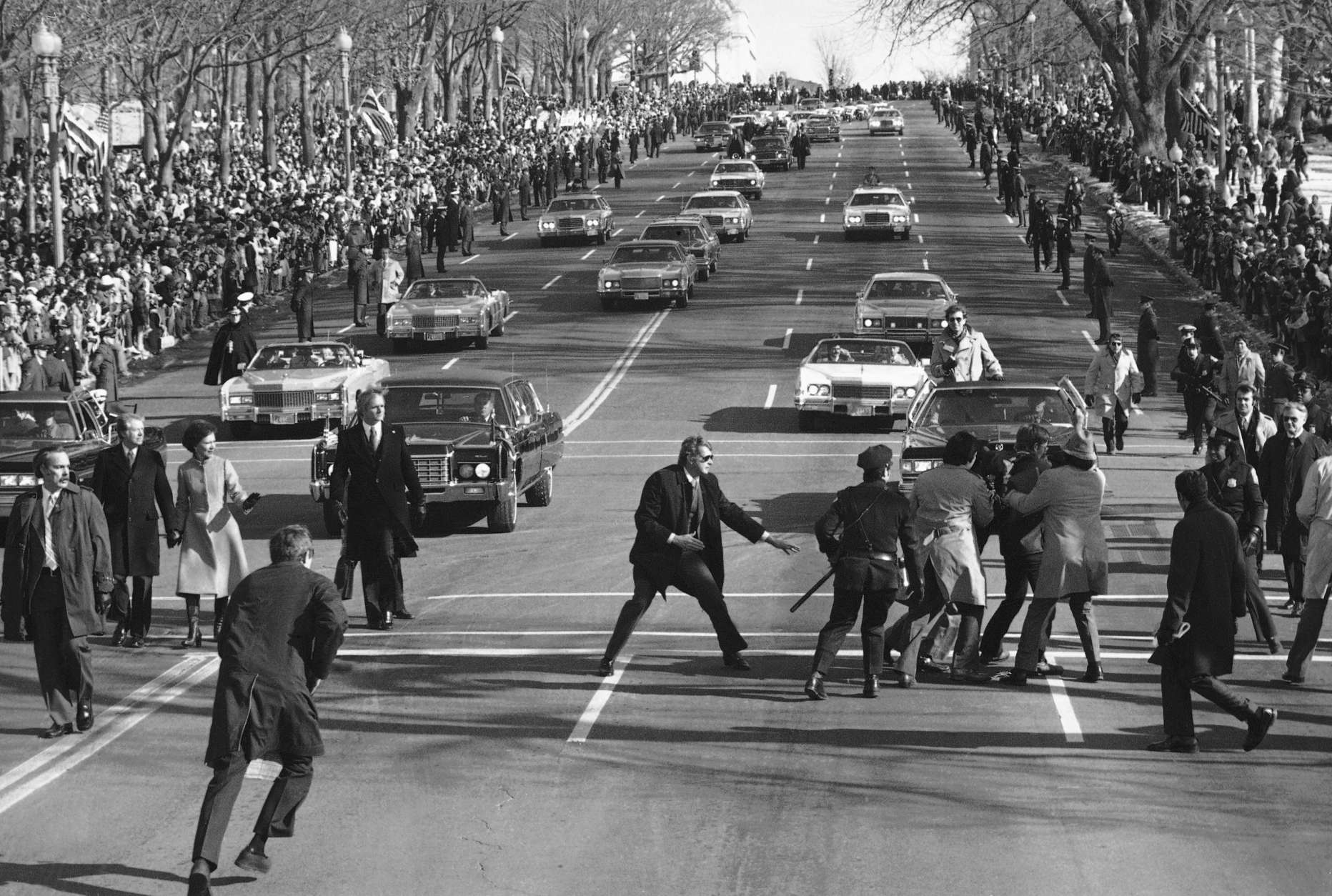


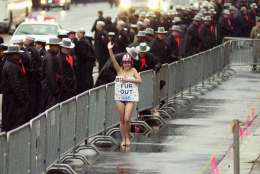
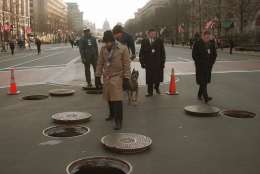
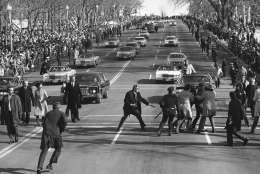
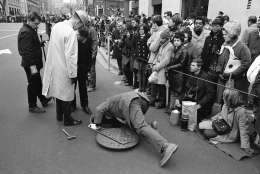
WASHINGTON — Members of U.S. law enforcement will deploy countermeasures to prevent a large truck attack, such as those that killed dozens in Nice, France and Berlin last year, from happening during the inauguration of Donald Trump as president.
But Secret Service Director Joseph Clancy and his partners are convinced attempts to launch other violent and dangerous acts are well within the realm of possibility.
Clancy said the threat environment for this inauguration and the campaign that led up to it is “different” from previous ones.
“I think people today are willing to do things they may not have been willing to do in the past,” Clancy said.
He cited several episodes that took place during the campaign, “where people jumped over those bike racks or security zones into our buffer. In the past, it was very rare for somebody to do that. Today, in this past campaign, people were willing to do it.”
Clancy was quick to point out, without saying how, that Secret Service agents know what to do when it happens.
IMPULSIVE OR PREPLANNED incidences of people jumping barricades are among the least of their concerns, though. The willingness of lone wolves and terror organizations to develop more creative plots are worries.
“We know that this (Washington region) is a high-profile [terror] target. It’s been attacked in the past, historically,” said Paul Abbate, the FBI’s executive assistant director for the Criminal, Cyber, Response and Services Branch.
Other FBI officials have confirmed that Washington is mentioned on a daily basis as a potential target in intercepted terrorist chatter and communications. “We, from the FBI standpoint, are ready to counter terrorist attacks and are working with our partners in building out the intelligence picture,” Abbate said.
On Friday, Secretary of Homeland Security Jeh Johnson spoke to reporters about preparations for the inauguration.
“We know of no specific credible threat directed toward the inauguration,” he said. But in the same statement, he acknowledged, “that is only part of the story.”
Other parts of that story include the unknown, according to Clancy, and that is causing him to lose sleep.
“Every night I wake up and I wonder do we have some issue covered,” Clancy said.
Violence from U.S.-based groups may figure prominently, according to a top private sector security firm.
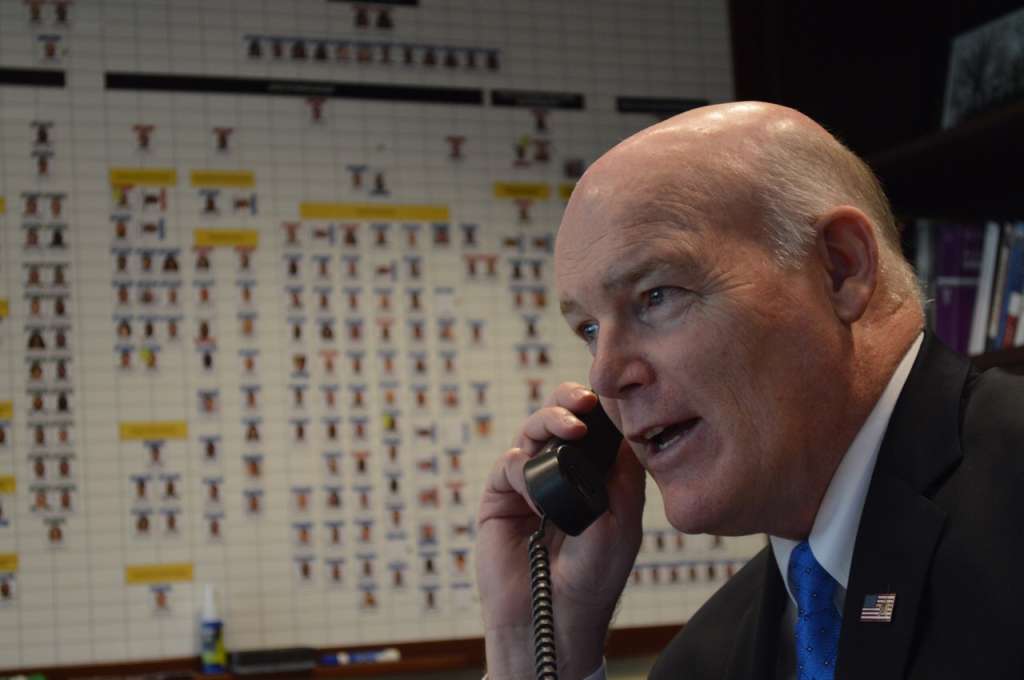
“The bigger threat is probably coming from anti-government/anarchist groups who are likely to try and disrupt the inauguration, and may engage in violence to do so,” said Mike Maness, director of Trapwire.
Maness says, however, “From what we have seen the security measures and first-responder preparations have been excellent for the event.”
IN ORDER TO COVER all their bases, Secret Service agents have conducted nonstop training exercises and put in long hours studying terror attacks and tactics around the world.
They and their partners have dissected the horrific images from last July’s attack in Nice, France, where a truck driver plowed through a Bastille Day celebration, killing 85 people, as well as a similar attack in Berlin shortly before Christmas. They’ve developed methods to prevent such an attack from happening, and practiced how to react if it does.
Johnson said a combination of “soft and hard” vehicle perimeters around the restricted area will prevent vehicle attacks.
Soft perimeters will permit access to only those vehicles belonging to people who live or work in the area. Hard vehicle perimeters will be off limits to all but official vehicles.
This year in particular, Johnson said, “The hard vehicle perimeter will be heavily fortified by trucks, dumpsters, buses and the like, given the current threat environment.”
That environment he spoke of is created by terror groups’ constant online prodding of sympathizers to conduct not just spectacular attacks like those in Paris, Brussels, Turkey, Germany and Orlando in the past year, but single-casualty attacks as well.
Another key part of Secret Service attack prevention planning started months ago, and is designed to cover large and small incidents.
THE INAUGURAL PARADE ROUTE is 1.9 miles long. Beginning in July 2016, as preparations for the inauguration began, each part of the route was broken down into sectors, and agents were assigned to each one. “We go door to door, knocking on the doors to each building and office,” said Clancy.
Each agent asked two key questions.
“Are you having any activity on Inauguration Day? And if you are, who is coming?” said Clancy. The answers to these questions are central to making sure the environment is locked down.
In order to eliminate the possibility of surprises, he said, “We make sure that we give our contact information out, so if they notice any abnormal activity occurring leading up to the inauguration, that those persons [associated with those businesses] know how to contact us.”
Cyber activity could affect inauguration venues, and that’s also receiving increased attention.
“HVAC systems alarms, cameras” and numerous other electronic systems are under intense scrutiny by the Secret Service Critical Systems Protections directorate, said Clancy.
He told a congressional oversight committee March 17, 2016, that “the lines between physical and cyber security are increasingly blurred,” requiring the Secret Service to train for possible cyber-attacks on its protectees and high profile events.
Various law enforcement and intelligence agencies, have estimated that up to 900,000 people will attend the inauguration, Johnson said: “We know of 99 different organizations that intend to demonstrate in one form or another at the inauguration.”
Clancy indicated they’re leaving nothing to chance as they prepare for what could be the most intense inauguration in history.
But he made it clear — the Secret Service is “intense” everyday.


